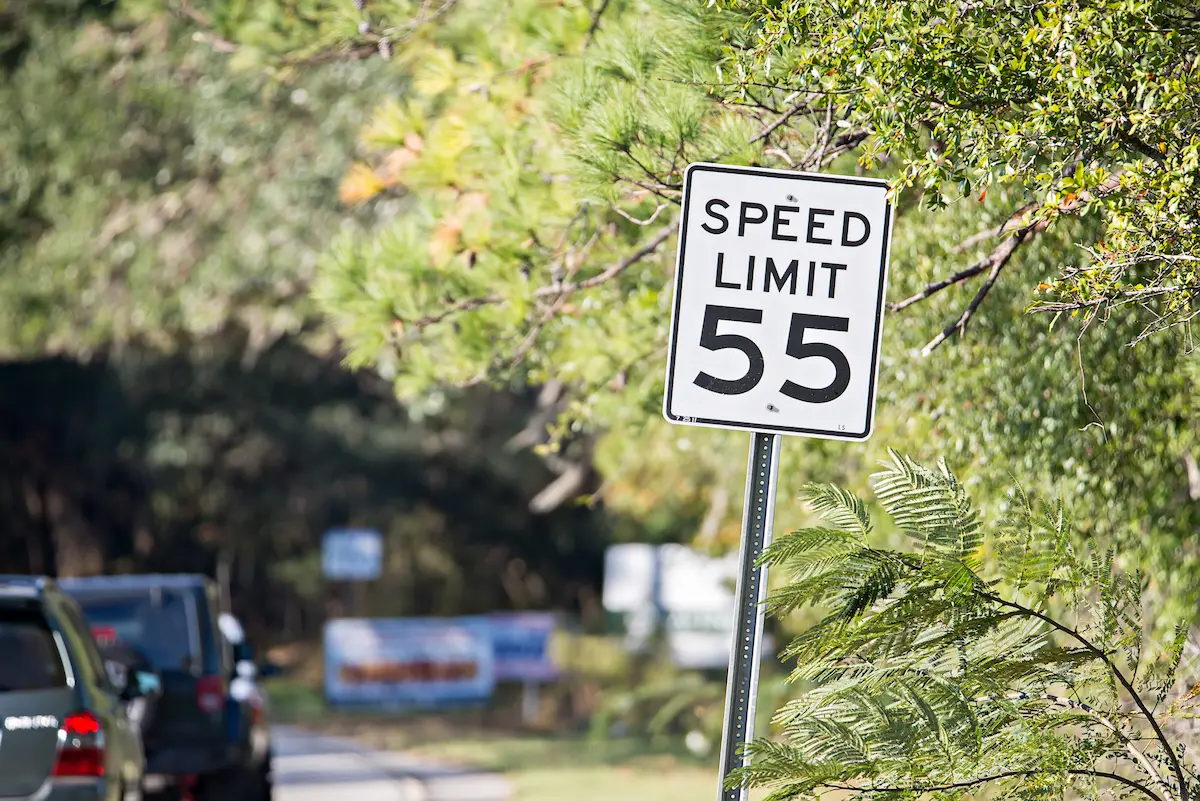
The fundamental issue with speed limit policies in Minnesota and across the United States lies in the “85th percentile rule,” which sets speed limits based on typical driver behavior rather than safety considerations. This approach creates a problematic cycle of ever-increasing speed limits over time.
The safety implications of higher speed limits are well-documented. A 2009 study revealed that speed limit increases across the US from 1995-2005 led to over 12,545 excess deaths and 36,583 injuries, representing a 3.2% increase in fatalities. The relationship between speed and safety is stark: while pedestrians have a 95% survival rate when struck by vehicles traveling at 20 MPH, this drops dramatically to just 15% at 40 MPH.
Minnesota’s recent history illustrates these challenges. In 2015, despite opposition from the trucking industry, the state increased speed limits on many roads from 55 MPH to 60 MPH, compromising safety for drivers, pedestrians, and cyclists. The Olson Memorial Highway serves as a specific example of these concerns, where despite numerous severe and deadly crashes, MnDOT has maintained a 40 MPH speed limit despite community advocacy for reduction.
There have been both positive and concerning developments in speed limit policy. Our organizing resulted in the passage of a bill that requires MnDOT to adopt new federal guidelines from the Federal Highways Administration’s Manual on Traffic Control Devices (MUTCD). These guidelines emphasize safety and accessibility for pedestrians, cyclists, and other non-motorized transportation users, promising safer street design throughout Minnesota.
However, a concerning provision in the omnibus transportation bill requires MnDOT to evaluate city speed limits and recommend potential increases. This creates additional pressure for higher speed limits, alongside the existing 85th percentile rule, potentially undermining safety improvements achieved through the new federal guidelines.
Learn about our current legislative priorities.
Take action and contact decision-makers.